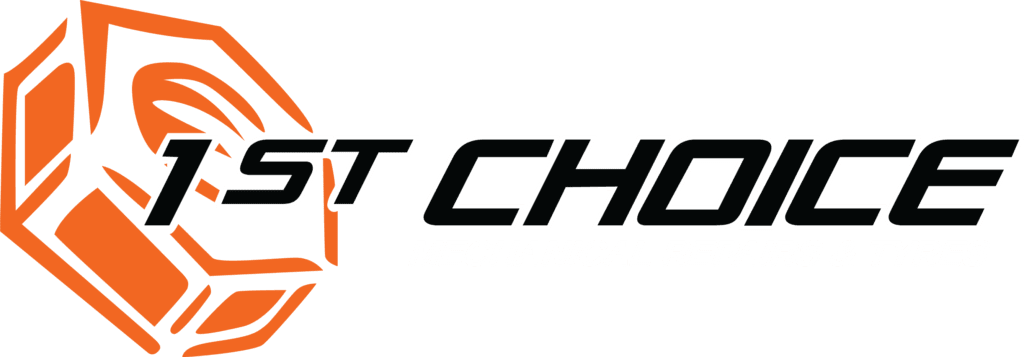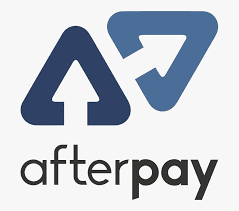![]() Monday – Thursday 7.30 am – 5.00 pm Friday 7.30 am to 4.00 pm
Monday – Thursday 7.30 am – 5.00 pm Friday 7.30 am to 4.00 pm
As a Wollongong driver, you’ve likely experienced the sudden appearance of dashboard lights while cruising along the beautiful coastal roads. These tiny icons might seem cryptic, but they are your car’s way of communicating important messages about its health. In this guide, we’ll break down the most common dashboard lights, explain their meanings, and provide steps to take when you encounter them. Let’s empower you with knowledge to keep your vehicle running smoothly and safely.
Dashboard lights come in a variety of shapes and colors, each representing a specific system or issue. Understanding these symbols can help you decipher what your car is trying to tell you:
Check Engine Light (CEL): This light, often yellow or orange, resembles an engine and indicates a problem with your vehicle’s engine or emissions system. It’s essential to address this light promptly, as it could signify a range of issues from a loose gas cap to a more complex engine problem.
Battery Light: Depicted as a battery, this light warns you about an issue with your car’s charging system, which includes the battery, alternator, or wiring. A failing charging system can lead to a dead battery and leave you stranded, so it’s crucial to act on this warning.
Oil Pressure Light: Shaped like an oil can, this light illuminates when your car’s oil pressure is too low. Low oil pressure can result from inadequate lubrication, which can cause severe engine damage. If you see this light, pull over safely and check the oil level. If it’s low, add oil. If the light persists, avoid driving and seek professional assistance.
Tire Pressure Monitoring System (TPMS) Light: This symbol, resembling a tire with an exclamation point inside, alerts you to low tire pressure. Underinflated tires can affect your vehicle’s handling, fuel efficiency, and even lead to blowouts. Check your tire pressures as soon as possible and inflate them to the recommended levels.
When a dashboard light comes on, it’s crucial to take appropriate action to prevent further damage or hazards. Here’s what you should do:
Check Engine Light (CEL): A steady CEL might indicate a minor issue, but if it blinks, there could be a more serious problem. Reduce your speed and avoid sudden acceleration. It’s recommended to schedule a diagnostic check with a mechanic to identify the exact issue.
Battery Light: If the battery light illuminates, it’s a sign that your vehicle might stall soon. To preserve battery power, turn off non-essential electrical systems such as air conditioning and radio. Head to a mechanic promptly for a battery and charging system inspection.
Oil Pressure Light: If the oil pressure light comes on, stop your vehicle immediately in a safe location and turn off the engine. Check the oil level using the dipstick and add oil if necessary. If the light remains on, avoid driving and have your car towed to a mechanic.
TPMS Light: Driving with underinflated tires compromises your safety and fuel efficiency. Check your tire pressures as soon as you can. If you’re uncertain about the proper inflation levels, consult your owner’s manual or a mechanic.

Dashboard lights are often color-coded to indicate the severity of the issue. Yellow or orange lights generally suggest a non-critical problem that requires attention but might not need immediate action. Red lights, on the other hand, indicate a more severe issue that demands immediate attention.
Some lights are not warnings but reminders for regular maintenance. For instance:
Maintenance Required Light: Shaped like a wrench, this light serves as a reminder that scheduled maintenance, such as an oil change or tire rotation, is due. While not an urgent warning, neglecting these reminders can affect your vehicle’s performance and longevity. Always adhere to your car’s maintenance schedule.
Using Your Owner’s Manual: Your car’s owner’s manual is a valuable resource when it comes to dashboard lights. It provides detailed information about each symbol and what action to take. Keep the manual handy in your glove compartment for quick reference.
If you’re unsure about the meaning of a dashboard light or if it persists after taking initial steps, it’s time to consult a professional mechanic. Modern vehicles are equipped with advanced diagnostics systems, and mechanics can use specialized tools to identify the exact issue causing the light to illuminate. Regular check-ups can also help prevent unexpected dashboard lights and ensure the overall health of your vehicle.
Understanding the meanings behind dashboard lights is an essential skill for every Wollongong driver. By promptly addressing these warnings, you can prevent potentially costly repairs and ensure the safety and reliability of your vehicle on the picturesque roads of our coastal city. Regular vehicle maintenance and addressing dashboard lights promptly will help you enjoy worry-free driving experiences for years to come. Remember, your car is more than just a means of transportation—it’s a partner in your journeys, and keeping it well-maintained is an investment in your comfort and safety.

If you need an experienced and honest mechanic in Wollongong, make 1st Choice Mechanical Repairs your only choice.
Licence. No: MVRL31591



All rights reserved 1st Choice Mechanical Repairs Copyright 2023